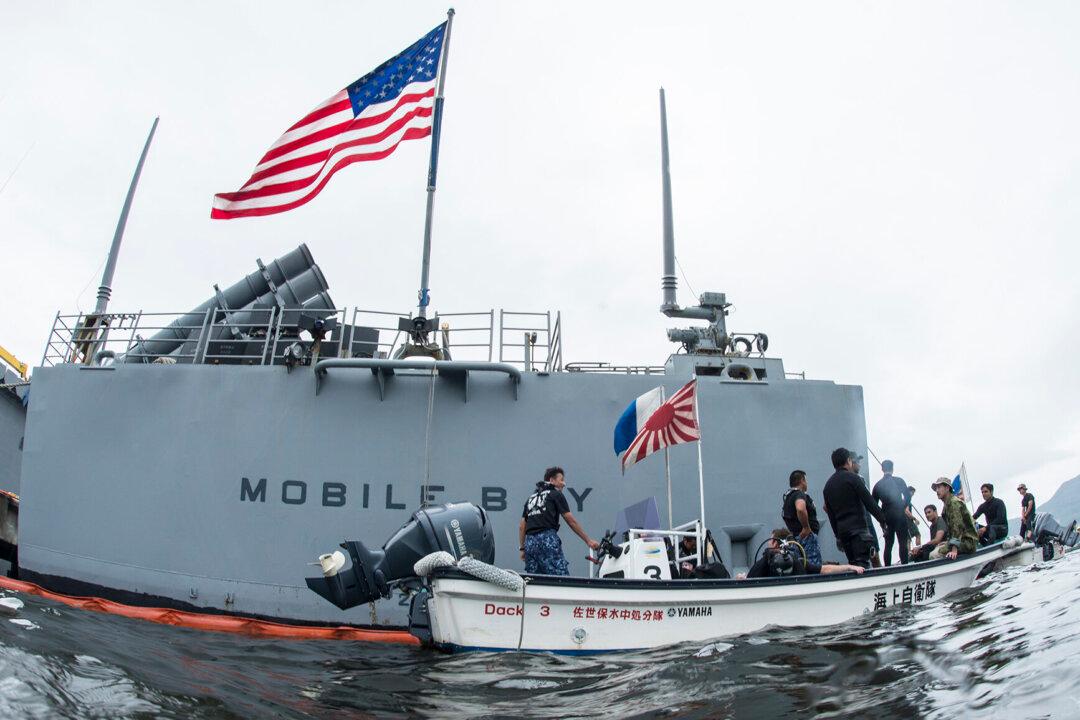NEW DELHI–The United States is planning to establish multiple naval logistics hubs in India for the resupplying and maintenance of its naval vessels in the South Asian region. Experts say this will enhance the Unites States’ maritime dominance, and help to counter Chinese expansionism in the Indo-Pacific.
“We'll have much more to follow in the near future, but the aim here is to make India a logistics hub for the United States and other partners in the Indo-Pacific region,” said Pentagon press secretary, Air Force Brig. Gen. Patrick Ryder at a press briefing on June 22 in reply to a question on the agreement that allows the U.S. Navy to carry out repairs in India.





